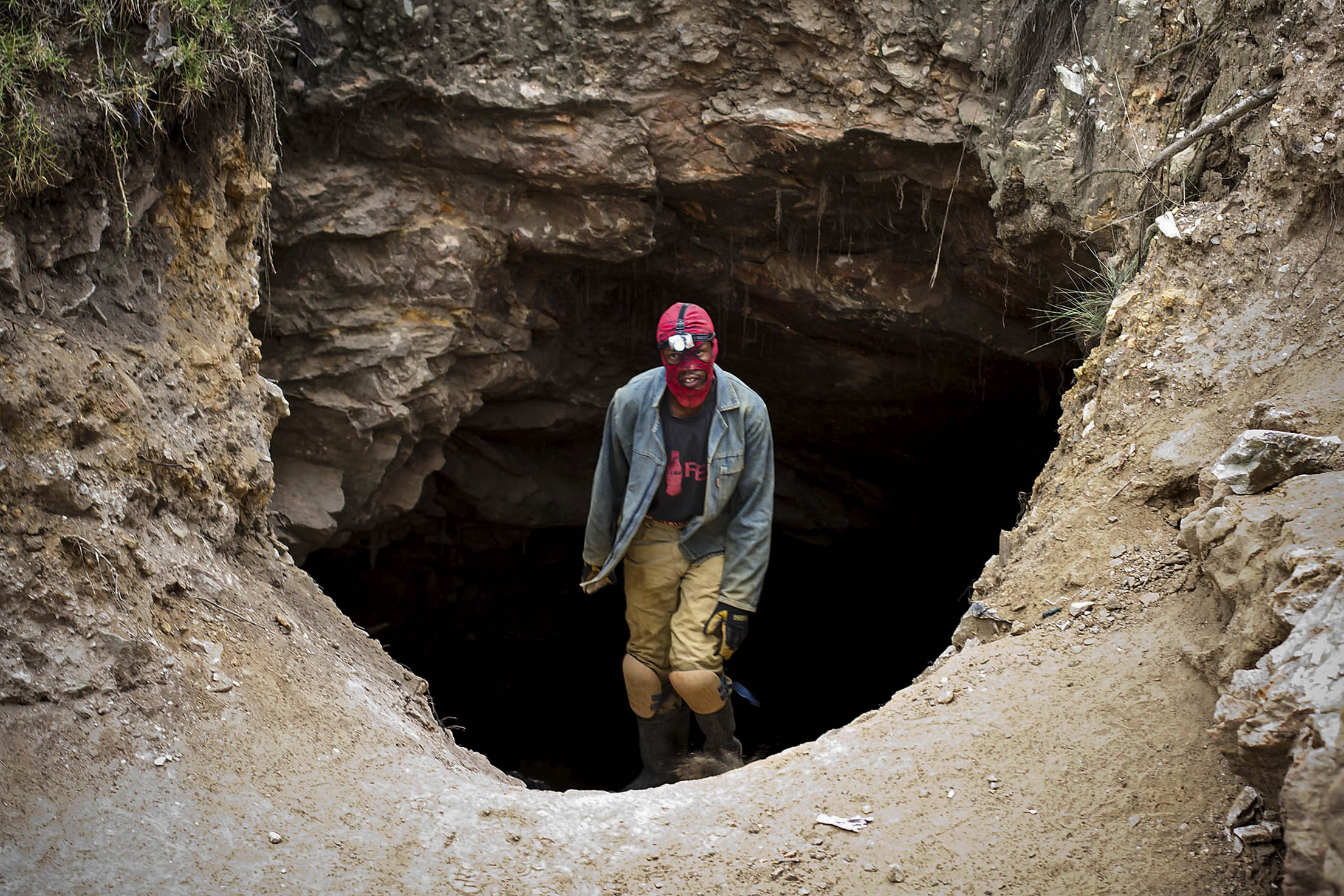Five members of the Association of Mineworkers and Construction Union have been murdered at the Lonmin and Impala platinum mines.
The recent spate of killings on North West province’s platinum belt mirrors the murders that happened before the Marikana massacre in August 2012.
Mining unions have already raised red flags about the heightened tension and now the Chamber of Mines has met the national security cluster in a bid to prevent more violence.
A total of 44 people were killed five years ago in Marikana — 34 of them shot down by police during an unprotected strike over a wage demand of R12 500. But violence associated with union rivalry was a factor behind some of the deaths, with many workers having left the National Union of Mineworkers (NUM) to join its rival, the Association of Mineworkers and Construction (Amcu).
This year, five Amcu members have so far been murdered at the Lonmin and Impala platinum mines near Rustenburg. Amcu blamed hired killers and speculated about whether rival unions, the government or state security could be involved.
But with its internal rebellion, Amcu now finds itself in a similar situation as the NUM was in before the Marikana massacre.
While its members may have different reasons for their dissent, Amcu acknowledged the problem and dispatched national leaders to all branches on the platinum belt.
With a membership of more than 100 000, Amcu’s popularity rose on the platinum belt and in the coal sector during the NUM’s decline.
But Amcu has failed to hold a national congress since it was formed in 2008. Union changes being implemented by its president Joseph Mathunjwa and his top five officials is leading to growing frustration among its members.
Marikana’s history of mining violence in 2012 stemmed from recruitment. This year’s killings, however, appear to be linked to the perks of being elected into the union.
A permanent Amcu branch official earns about R18 000 a month at Lonmin — double the wage of an underground worker. Workers told the Mail & Guardian that Mathunjwa had ensured his loyal allies were installed in positions such as branch chairpersons or shaft stewards, which earned them better salaries.
“They took me out for my salary because it’s twice what I got underground. I was just an ordinary worker,” a former Amcu branch official told the M&G.
Allegations of corruption against the Amcu leadership and branch officials on the platinum belt have also been blamed for the latest killings.
Amcu members and expelled officials have gone into hiding from assassins, while others have hired personal 24-hour security. In response, Mathunjwa called a central mass meeting on Wednesday at the Lonmin platinum mine.
The Chamber of Mines, of which the majority of South African mines are members, said it was “shocked and dismayed” by the killings. The mining body said it was “urgent that intensive investigations, including broader intelligence gathering, be carried out”.
In the chaos, the NUM claims to be drawing members back to its ranks in Rustenburg. But it has yet to provide any recruitment figures because apparent fear to hand in stop order forms at the mines.
The gold mines are also facing an outbreak of violence, because of the anti-illegal mining campaign in the Free State and Gauteng.
In Welkom, illegal miners were blamed for the murder of Harmony Gold mine’s regional manager, who was shot dead in his car at the end of September.
In May, the bodies of 25 illegal miners were found at Harmony’s Eland shaft in the same area, while two months later, 202 illegal miners were arrested at Sibanye’s Cooke shaft near Carletonville.

[Gold mines also face an outbreak of violence because of a campaign targeting illegal miners. (Photo: Daniel Born /Gallo Images/The Times)]
Back in the North West, rival union tension is simmering at AngloGold Ashanti’s Moab Khutsong shaft in Stilfontein. A section of the NUM’s branch has rebelled against its leadership and opened the door for the National Union of Metalworkers South Africa (Numsa) to recruit members.
But Numsa has already reported intimidation at the mines near Klerksdorp, as well as at coal mines in Mpumalanga where it has gained more popularity than the NUM.
Numsa general secretary Irvin Jim warned that if the other unions realised the effect of his recruitment drive, it could escalate the violence.
The Chamber of Mines said this prevailing tension across the different sectors prompted its meeting with the department of mineral resources, state intelligence agencies and the police’s Mine Crime Combating Forum. These meetings have not yet yielded results.
Across the country recruitment officers are gripped with fear and factions have gone into hiding. And as the different sides appear to be taking their own precautions, labour stability could only further evade the struggling industry.